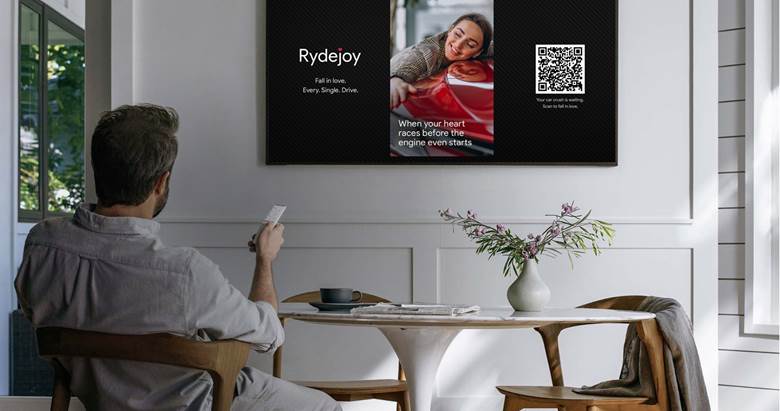Hisense To Launch ATSC 3.0 Watermark Support For NextGen TVs
The move will enable interactive experiences for viewers with antennas, cable and satellite

SUWANEE, Ga.—Hisense will introduce mass market ATSC watermark detection for NextGen TVs across its ATSC 3.0 product line, the company and Verance said.
The addition of the watermark will make it possible for broadcasters to deliver new interactive experiences to 3.0-equipped Hisense ULED and Laser TVs via cable, satellite or antenna, they said.
“We are thrilled to be partnering with Hisense, which is once again proving to be an industry leader in developing innovative NextGen TV solutions. Its embrace of the Verance Aspect watermark will serve as a driving market force for consumers to fully realize NextGen TV functionality,” said Verance CEO Nil Shah.
The Verance Aspect watermark implements the ATSC audio A/334 watermark specification. Hisense is the first consumer electronics company to launch watermark detection commercially, thus bringing interactivity to its NextGen TV sets, they said.
Broadcasters including the watermark signal in their services enable their content to pass transparently through all distribution paths and set-top boxes. Hisense NextGen TVs will detect that signal to trigger a rich set of interactive viewer experiences, such as opt-in sports betting, fantasy sports, watch parties, personalized news and weather and advanced emergency information, the companies said.
Without the Verance watermarking more than 80% of U.S. households that receive TV via cable, satellite or over-the-top distribution are unable to receive NextGen TV interactive services, they said.
“We are excited to expand NextGen TV interactive services to all of the viewers of national networks, local stations and cable networks regardless of how they receive their television signal, all while bringing many new interactive services to Hisense consumers,” said Douglas Kern, Hisense USA head of product marketing.
More information about the watermark is available on the Verance website.
Get the TV Tech Newsletter
The professional video industry's #1 source for news, trends and product and tech information. Sign up below.
Phil Kurz is a contributing editor to TV Tech. He has written about TV and video technology for more than 30 years and served as editor of three leading industry magazines. He earned a Bachelor of Journalism and a Master’s Degree in Journalism from the University of Missouri-Columbia School of Journalism.

